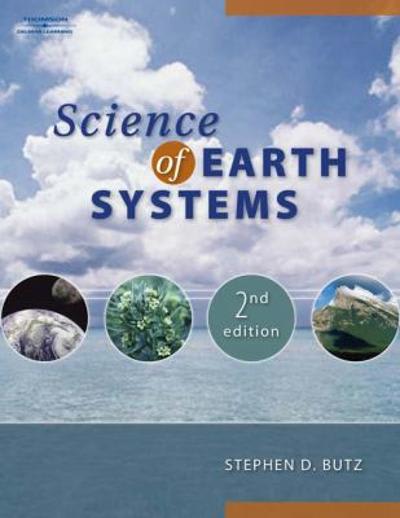Question
1. The radius of the Earth is 6370. [km]. (a) Calculate the linear speed at which a point on the Earth's surface at the Equator
1. The radius of the Earth is 6370. [km]. (a) Calculate the linear speed at which a point on the Earth's surface at the Equator is moving because of the Earth's rotation. (b) Calculate the linear speed of a point on the Earth's surface in Houston (latitude = 29.8 N) due to the Earth's rotation and compare with the result at the Equator. (c) Compare the angular velocity of a point on the Earth's surface in Houston with the angular velocity of a point on the Equator.
2. The period of the Moon's revolution about the Earth is 27.3 days. The distance between the Earth and the Moon is r = 3.844 x 108 [m]. The universal gravitation constant G has a value of 6.674 x 10-11 [m3 kg-1 s-2]. (a) From the period of the Moon's orbit determine the angular velocity of the Moon around the Earth. (b) Use this value to compute the centripetal acceleration of the Moon as it orbits the Earth. (c) According to Newton's law of gravity, the centripetal acceleration is produced by the gravitational attraction between the Earth and Moon, ac = (G Me)/r2 where r is the distance between Earth and the moon as given above and Me is the mass of the Earth. Use your computed value for the centripetal acceleration and Newton's formula for the gravitational acceleration to "weigh" the Earth, i.e., determine the mass Me of the Earth. (d) What is the percent difference between your answer and the accepted value for the mass of the Earth? [You will need to look up the accepted value.]
3. A spacecraft orbiting the Earth is said to be in a geostationary orbit if it goes around the Earth in the plane of the equator such that its orbital period (the time to complete one orbit is the same as the rotation period of the Earth (~ 24.0 hours). Thus, a spacecraft placed in geostationary orbit is able to stay over the same point on Earth's equator as the Earth rotates and the satellite orbits. (a) Calculate the distance from the center of the Earth of a 100. [kg] communications satellite in geostationary orbit by using Newton's Law of Gravity and the known (24.0 hour) period of the spacecraft. (b) If the satellite had a mass of 200. [kg], would it orbit closer to the Earth, further away from the Earth, or at the same distance from the Earth as the 100. [kg] satellite?
4. The Hubble Space Telescope (HST) orbits in a circular orbit about 547. [km] above the surface of the Earth. It has a mass of approximately 11.1 x 103 [kg]. (a) Calculate HST's centripetal acceleration. (b) Calculate the angular velocity of HST. (c) Calculate the linear velocity of HST. (d) Calculate the gravitational force on HST due to the Earth. (e) Calculate the kinetic energy of HST as it orbits. (f) If HST were orbiting in a circular orbit at a higher altitude than its actual orbit would its kinetic energy be larger, smaller, or the same? Explain.
(Please show your work of the problems)
Step by Step Solution
There are 3 Steps involved in it
Step: 1

Get Instant Access to Expert-Tailored Solutions
See step-by-step solutions with expert insights and AI powered tools for academic success
Step: 2

Step: 3

Ace Your Homework with AI
Get the answers you need in no time with our AI-driven, step-by-step assistance
Get Started


